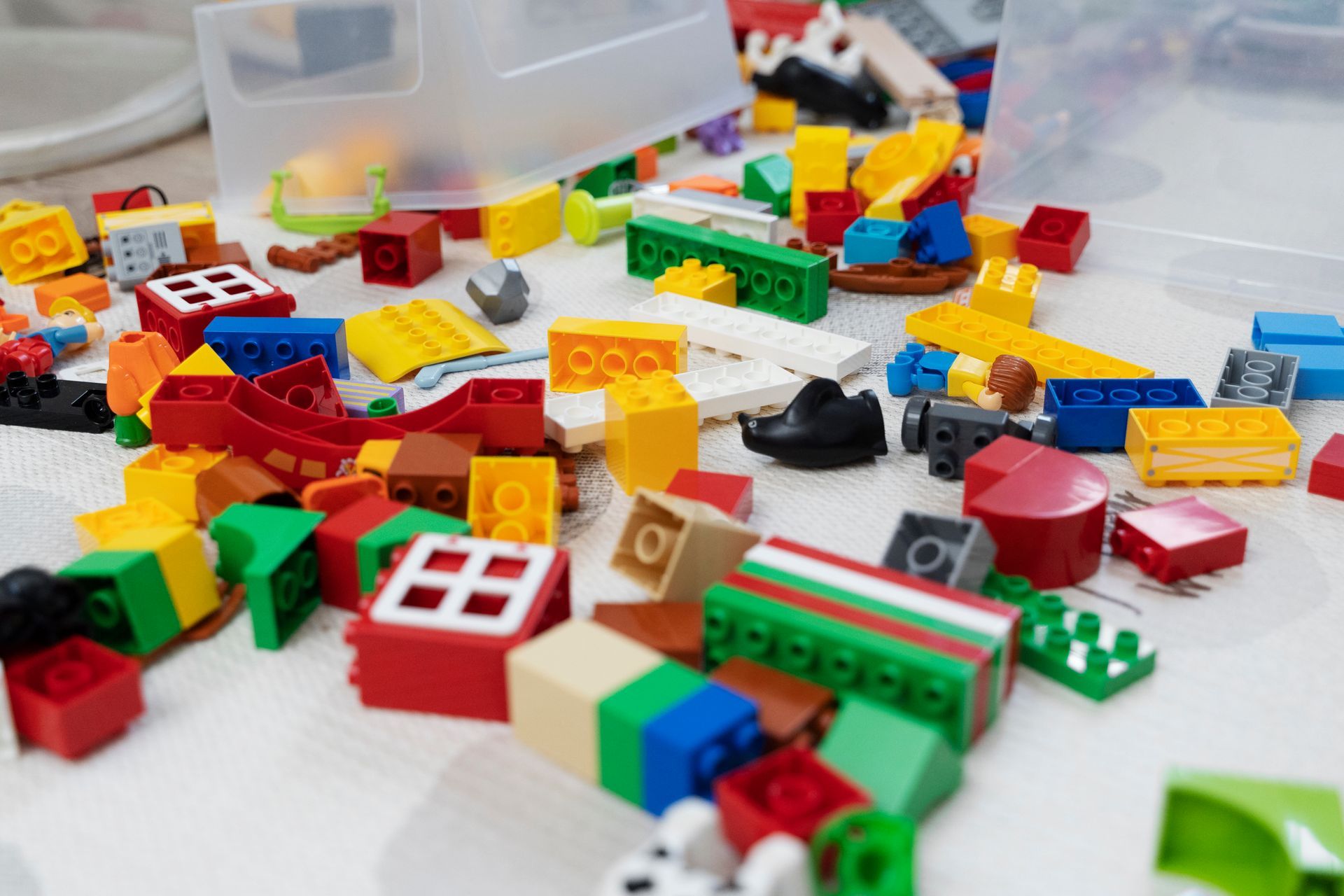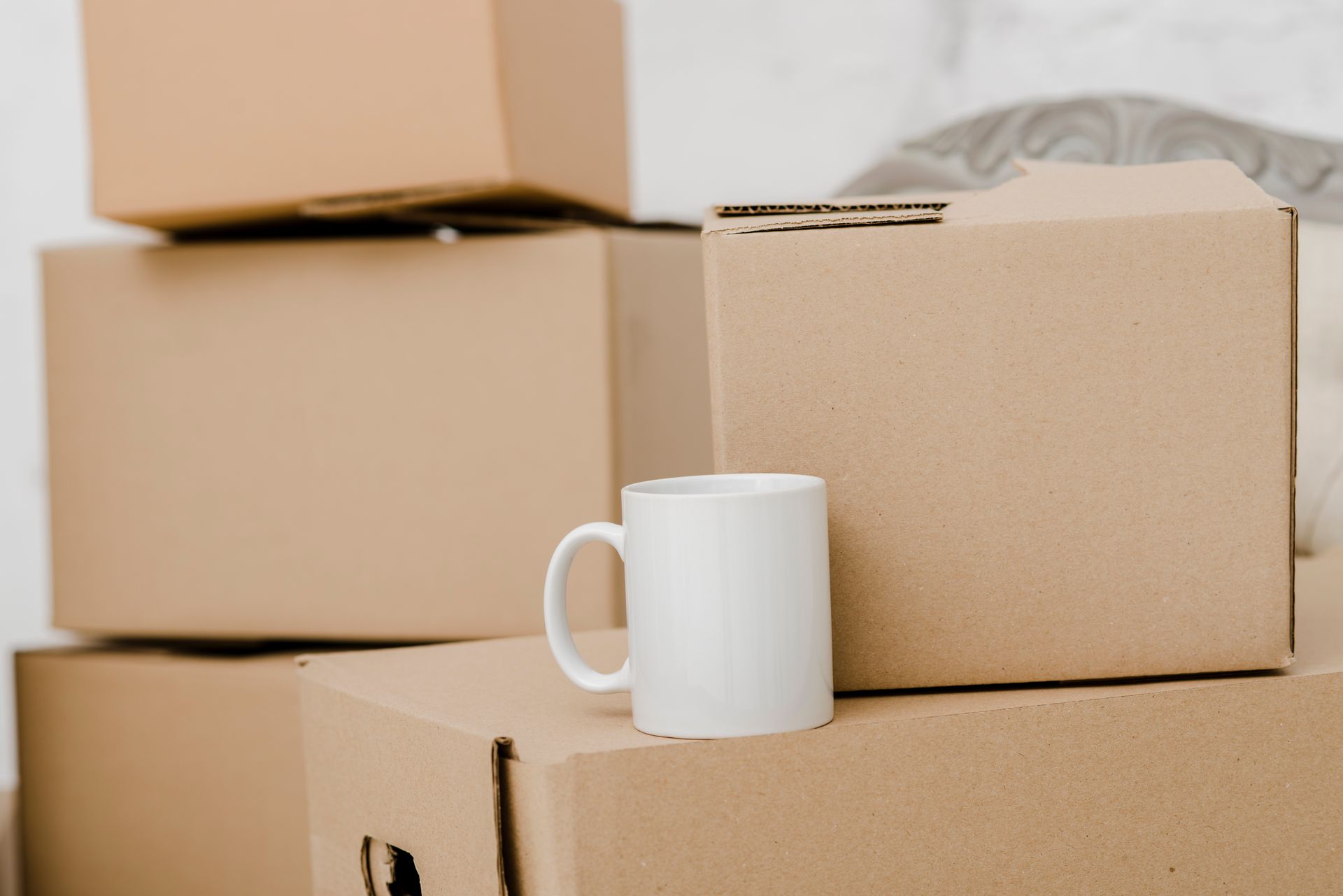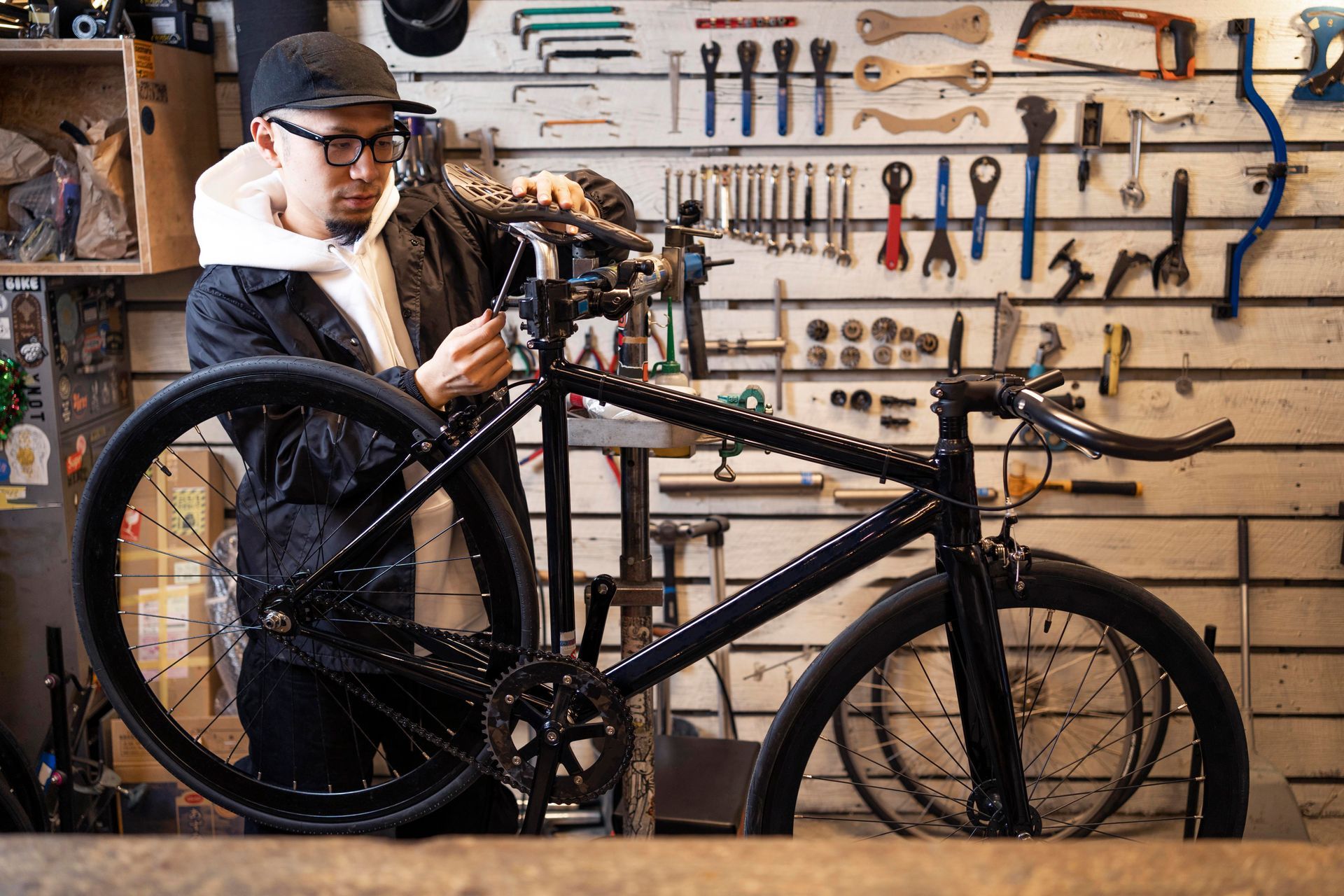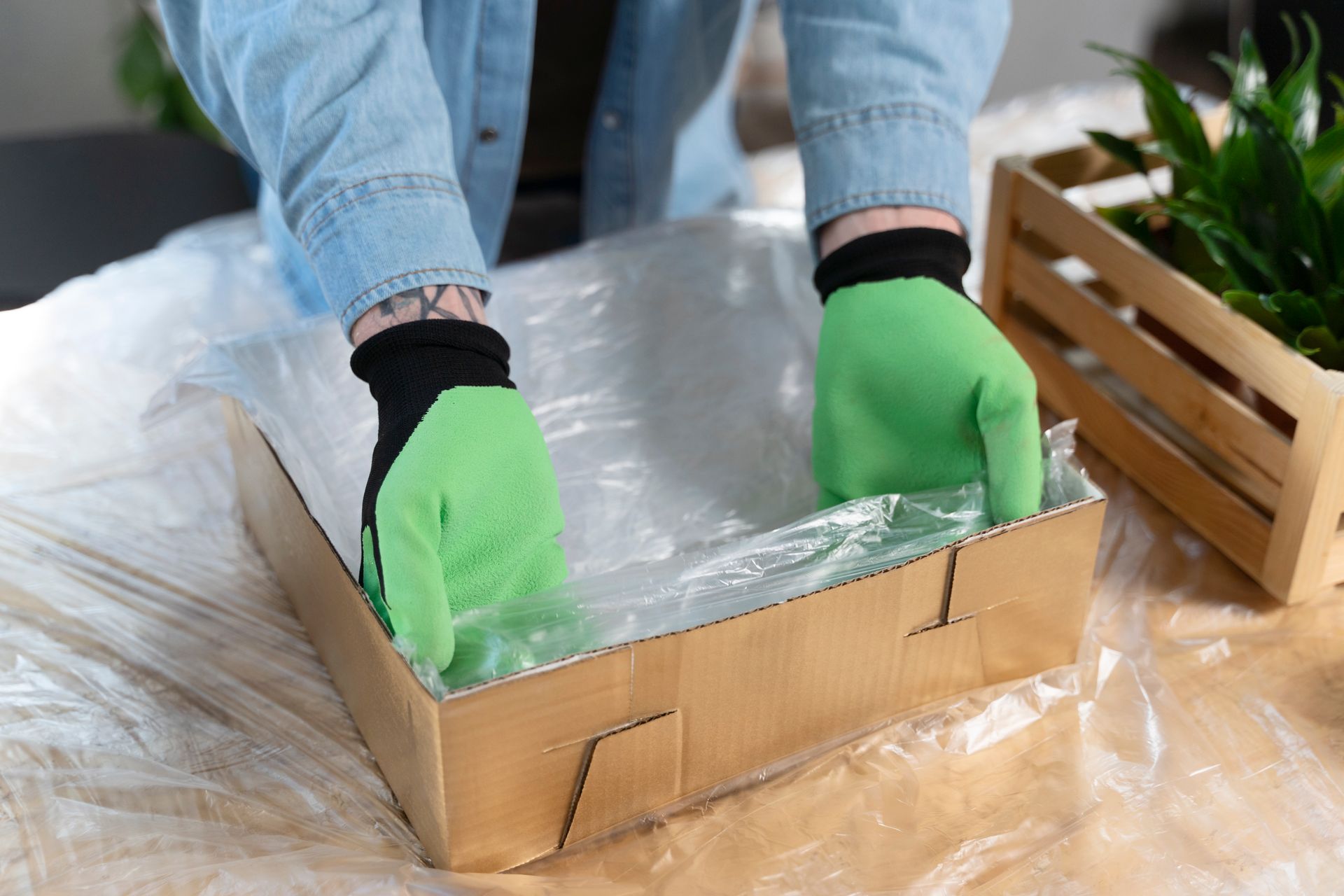How to Wrap Furniture for Moving: Tips for Safe Transport
Protecting your furniture during a move requires proper wrapping techniques and the right materials to prevent damage from scratches, dents, and breaks. Moving furniture is one of the most challenging aspects of relocating, as these large and often expensive items are vulnerable to damage during transportation. Understanding how to wrap different types of furniture properly helps protect your investment and saves you money on repairs or replacements. Whether you're handling the move yourself or working with a trusted moving company, knowing these wrapping techniques gives you confidence that your belongings will arrive safely at your new home.
Choosing the Right Wrapping Materials
When preparing for a furniture move, we always opt for high-quality wrapping materials to ensure the safety of our belongings. Bubble wrap is great for protecting delicate items such as glass tabletops or mirrors. It provides a cushioning layer that shields items from bumps and scratches during transportation. For larger pieces, such as dressers or cabinets, we prefer using moving blankets. These thick, durable blankets protect furniture from dings and dents, especially when maneuvering through tight corners or doorways. Shrink wrap is fantastic for securing drawers and doors in place to prevent them from swinging open during the move. By selecting the right wrapping materials, we ensure that our furniture arrives at its destination in pristine condition.
Disassembling Furniture for Easier Wrapping
To help with easier wrapping and protect the safety of our furniture during the move, we find it beneficial to disassemble larger pieces before packaging them. This step not only makes the furniture more manageable to wrap but also reduces the risk of damage during transportation. Start by carefully removing any detachable parts such as table legs, bed frames, or shelves. Keep all screws, bolts, and small parts in labeled bags to make sure nothing gets lost. Remember to store the assembly instructions in a safe place. When disassembling, please take photos of the furniture from different angles to use as a reference when reassembling it. By disassembling larger furniture items, we can provide a smoother moving process and better protection for our belongings.
Proper Techniques for Wrapping Different Furniture Types
Our approach to wrapping different furniture types involves using specific techniques tailored to each item's size and material for good protection during the move. For upholstered pieces, such as sofas and chairs, we recommend starting with a layer of furniture pads or blankets to protect against scratches and tears. Secure the padding with stretch wrap to provide a snug fit without constricting the furniture. Wooden furniture, such as tables or dressers, benefits from a layer of bubble wrap or foam for cushioning, followed by a protective furniture pad. Use moving blankets or corrugated cardboard to shield delicate edges and corners. For items with glass components, such as mirrors or glass tabletops, apply a generous amount of bubble wrap and secure it with tape to prevent breakage.
Securing Wrapped Furniture for Safe Transport
Properly securing wrapped furniture is important to protect its safety during transport. When securing furniture, consider the following key points:
- Use Quality Straps: Invest in durable ratchet straps or tie-downs to secure the furniture in place.
- Protect Corners: Add corner guards to protect vulnerable edges and prevent damage.
- Secure Drawers and Doors: Use tape or straps to keep drawers and doors from opening during transit.
- Distribute Weight Evenly: Place heavier items at the bottom and distribute weight evenly to prevent shifting.
- Use Furniture Blankets: Cover the secured furniture with additional moving blankets for an extra layer of protection.
These steps will help ensure your wrapped furniture stays safe and intact during the moving process.
Additional Tips for Stress-Free Moving
For a smoother moving experience, prioritize organization and preparation to reduce stress. Create a detailed moving checklist that includes tasks such as contacting utility companies, updating your address, and scheduling movers. Start packing early and declutter as you go to lighten the load. Label boxes clearly to make unpacking easier. Consider investing in quality packing materials to protect your belongings. Keep important items, such as medications, important documents, and a few days' worth of clothing, in a separate bag for easy access. Arrange for childcare or pet care on moving day to minimize distractions and ensure a smooth transition. Finally, take breaks when needed and remember to stay hydrated and nourished. By following these additional tips, you can provide a stress-free moving experience.
Related Topics:












Share On: